In the midst of bustling Taipei lies a historical oasis where clusters of shops and homes are a reminder of what was once “the most important port in northern Taiwan.” What might be a little-known piece of history to non-Taiwanese is set to change with a series of walking tours introducing the region that is offered in English and Japanese.
The tours are held by Taipei Walking Tour in the Dadaocheng (大稻埕) and Dalongdong (大龍峒) districts, about 10 minutes north of Taipei Railway Station by car. Throughout May and June, a number of themed tours and workshops on topics such as Taiwan’s puppet culture, Xiahai City God Temple’s (霞海城隍廟) daytime and nighttime processions, and a roadside banquet on Dihua Street (迪化街) will be offered for NT$200 and NT$400. The tours and workshops are held mostly on the weekends leading up to the festival at Taipei Xiahai City God Temple, beginning on June 8.
In the past two years, veteran interpreter Joey Ho (何良正) has witnessed a growing interest among young people in Taiwan’s history.
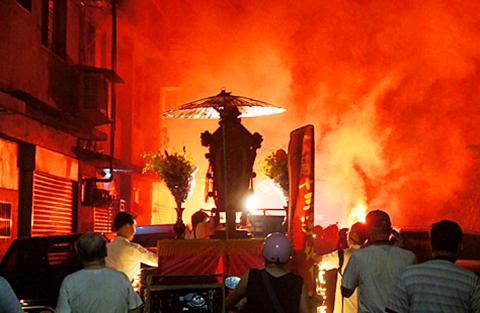
Photo courtesy of Taipei Walking tour
“It could be the Internet that attracts young people to come and listen. Before, it seemed like young people weren’t interested in history. But through our efforts, they are starting to be concerned about this place, Taiwan’s history, its relics and old streets.”
With roughly 20 people following tour guide Johnny Cheng (程華生), the Dadaocheng heritage tour began with a stroll under the red arcade facade reminiscent of European architecture. Many of these former shops were built in the late 19th century, which coincided with Japanese occupation of Taiwan from 1895 to 1945. As a result of the marriage of European-Baroque, Japanese and Minnan (Southern Fujian) architectural styles, the buildings lining the streets are distinctly unique to Taiwan.
Prior to the tour, Kelly Hsiao (蕭凌雲) said she knew little about Dadaocheng’s history as a prosperous riverside town. Hsiao runs a hostel and was looking for recommendations to travelers other than the usual shopping and night market experience.
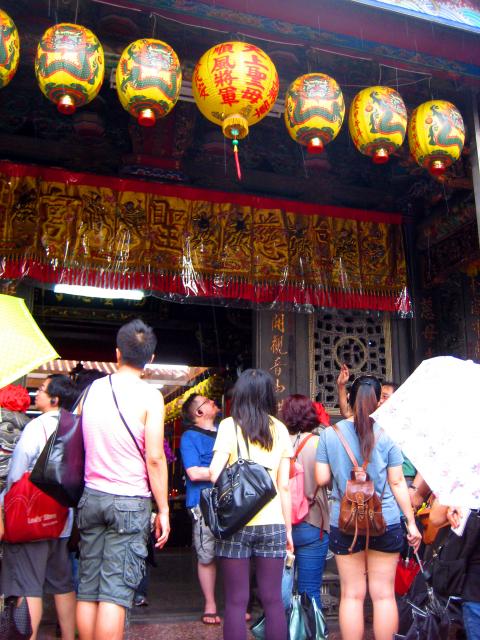
Photo: Jenny Peng
“When you visit Europe [and] stay in a hostel, they provide so many free tours or walking tours... [B]ut in Taiwan... we don’t have so many local activities to join for foreigners.”
Hsiao doesn’t know any other English-language walking tours available, and she thought it was “sad” that Taiwan’s history wasn’t easily accessible to non-Taiwanese.
One of the surprise stopovers was a tour led by a descendant of Lin Lan-tian (林藍田), one of Dadaocheng’s first settlers. Lin’s residence, built in the mid-1850s, is an example of Minnan architecture, designed for doing business. It’s unusually long depth is broken up into three sections. Supplies would arrive in the rear, while living corridors were in the middle and the front was a shop.
“It’s a legacy,” said Scott Lin (林宗志). “The spirit and wisdom of that legacy is something we’re trying to pass on to future generations.”
Although Scott Lin’s ancestors made a living selling mixed goods and offering fortune telling services, the shop has become a modern tea house, hinting at Dadaocheng’s past as a renowned tea processing center. Today, however, dried goods and Chinese herbal medicine are the two most common businesses in the neighborhood, according to Cheng.
The two-hour tour also included stopovers at Ci Sheng Temple (慈聖宮) and Xia Hai City God Temple.
Though attracting non-Taiwanese was the original goal of organizers, the majority of participants on Sunday were Taiwanese.
Yang Jei (楊乃傑) said he enjoyed the tour.
“I am Taiwanese, but I never knew this part of our history.”
For comprehensive information about the tours in Chinese, Japanese and English, visit: www.taipei-walkingtour.tw.
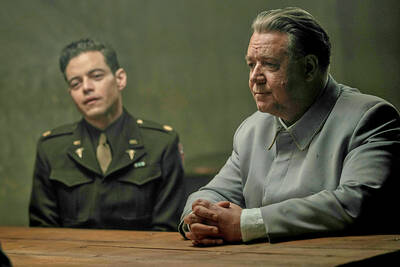
The Nuremberg trials have inspired filmmakers before, from Stanley Kramer’s 1961 drama to the 2000 television miniseries with Alec Baldwin and Brian Cox. But for the latest take, Nuremberg, writer-director James Vanderbilt focuses on a lesser-known figure: The US Army psychiatrist Douglas Kelley, who after the war was assigned to supervise and evaluate captured Nazi leaders to ensure they were fit for trial (and also keep them alive). But his is a name that had been largely forgotten: He wasn’t even a character in the miniseries. Kelley, portrayed in the film by Rami Malek, was an ambitious sort who saw in

Last week gave us the droll little comedy of People’s Republic of China’s (PRC) consul general in Osaka posting a threat on X in response to Japanese Prime Minister Sanae Takaichi saying to the Diet that a Chinese attack on Taiwan may be an “existential threat” to Japan. That would allow Japanese Self Defence Forces to respond militarily. The PRC representative then said that if a “filthy neck sticks itself in uninvited, we will cut it off without a moment’s hesitation. Are you prepared for that?” This was widely, and probably deliberately, construed as a threat to behead Takaichi, though it
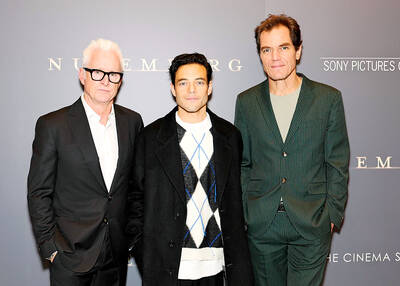
Among the Nazis who were prosecuted during the Nuremberg trials in 1945 and 1946 was Hitler’s second-in-command, Hermann Goring. Less widely known, though, is the involvement of the US psychiatrist Douglas Kelley, who spent more than 80 hours interviewing and assessing Goring and 21 other Nazi officials prior to the trials. As described in Jack El-Hai’s 2013 book The Nazi and the Psychiatrist, Kelley was charmed by Goring but also haunted by his own conclusion that the Nazis’ atrocities were not specific to that time and place or to those people: they could in fact happen anywhere. He was ultimately
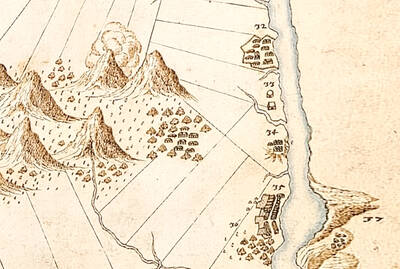
Nov. 17 to Nov. 23 When Kanori Ino surveyed Taipei’s Indigenous settlements in 1896, he found a culture that was fading. Although there was still a “clear line of distinction” between the Ketagalan people and the neighboring Han settlers that had been arriving over the previous 200 years, the former had largely adopted the customs and language of the latter. “Fortunately, some elders still remember their past customs and language. But if we do not hurry and record them now, future researchers will have nothing left but to weep amid the ruins of Indigenous settlements,” he wrote in the Journal of